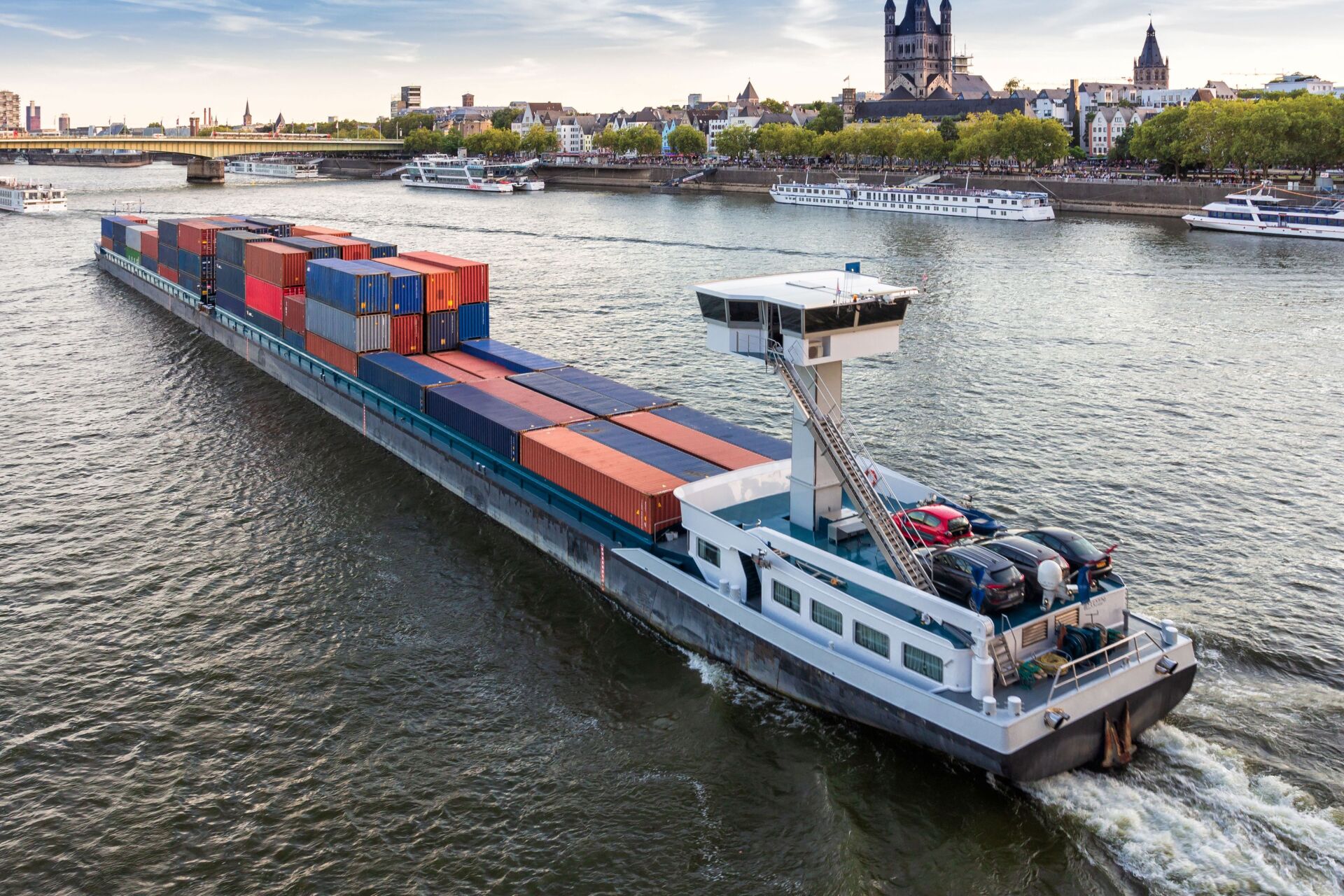
The benefits of transporting containers by barge

Mark
Supervisor Sales
Apr 18, 2025
For years, the Netherlands has been grappling with increasing traffic congestion. According to recent reports from Rijkswaterstaat and the ANWB, traffic jams on Dutch highways increased again in 2024. The impact on the transport sector is tangible - delays caused by congestion now cost an average of 220 euros per hour. Beyond financial consequences, this rising pressure on our roads harms efficiency, the environment, and overall infrastructure.
While road transport remains popular, there is no denying that Dutch highways are becoming increasingly congested. Fortunately, inland shipping - better known as barge transport - offers an excellent alternative. By shifting at least part of container transport to waterways, we can reduce congestion while contributing to a more sustainable logistics chain.
The advantages of this type of transport
1. Preventing demurrage and boosting efficiency
Containers arriving at seaports can face delays if road transport isn’t immediately available, this often leads to additional costs such as demurrage. With barge transport, containers are delivered directly to inland terminals, notably reducing these costs. This not only prevents additional expenses but also ensures a more streamlined logistical process.
2. Sustainable transport
Barge transport is a greener alternative to road transport. Inland ships emit less CO₂ per ton of cargo compared to trucks. Choosing this method helps companies reduce their ecological footprint and engage in responsible business practices. Additionally, shifting toward sustainable transport plays a vital role in meeting national and international climate goals.
3. Cost-effective alternative
Due to high traffic congestion and rising fuel prices, road transport can become more expensive than anticipated. Barge transport more than often proves to be a cost-effective alternative, partly due to its more predictable rates. Especially for companies managing multiple container transports each month, the savings can quickly add up.
4. Reducing traffic congestion and waiting times
By delivering containers to inland terminals closer to the final unloading location, fewer trucks are needed on the roads. This translates to reduced traffic congestion and shorter waiting times for unloading crews hired to handle containers.
5. Ideal for large volumes
Inland vessels have a much larger transport capacity than trucks, making them exceptionally suitable for transporting large quantities of containers. This makes them an ideal choice for businesses with large-scale transport needs.
Extensive network of inland terminals
Transporting by barge means opting for multimodal transport, where containers are delivered to inland container terminals by inland shipping. The last miles are often completed by truck. The Netherlands has a network of over 25 inland terminals strategically located along rivers in the central, southern, and northern regions of the country—representing over 25% of all inland container terminals in Europe.
Conclusion
The increasing congestion on Dutch roads calls for innovative and sustainable solutions. Container transport by barge offers a green, cost-effective, and efficient alternative in the form of sustainable logistics. Through barge transport, companies can not only improve their operational processes but also contribute to a more sustainable future.
Curious whether barge transport might be an option for your business? Contact us, and together we’ll find the best logistics solution while contributing to a more sustainable future.